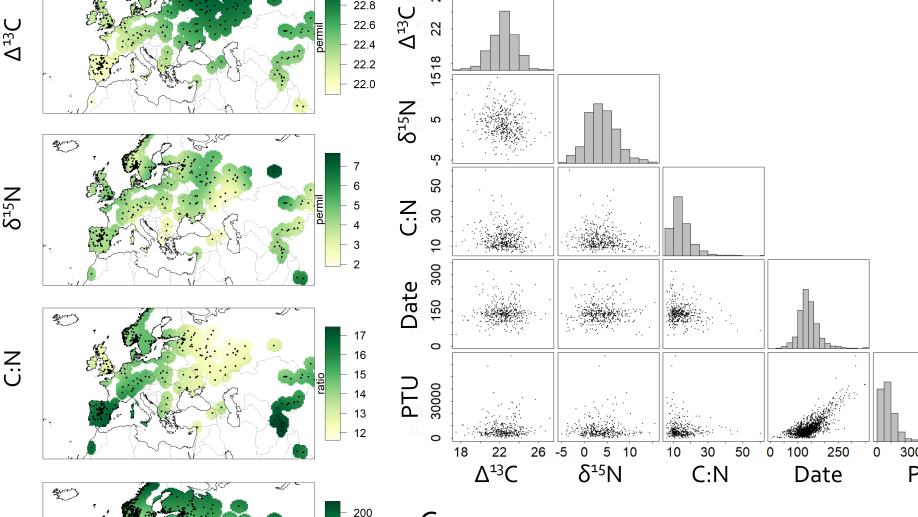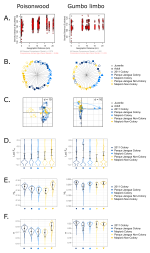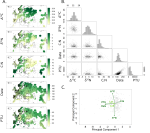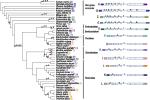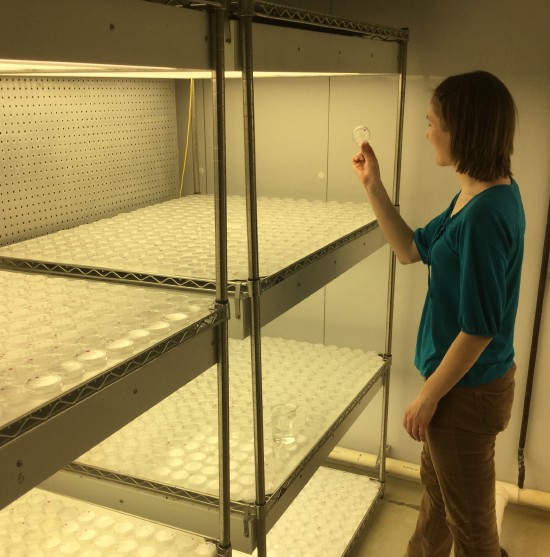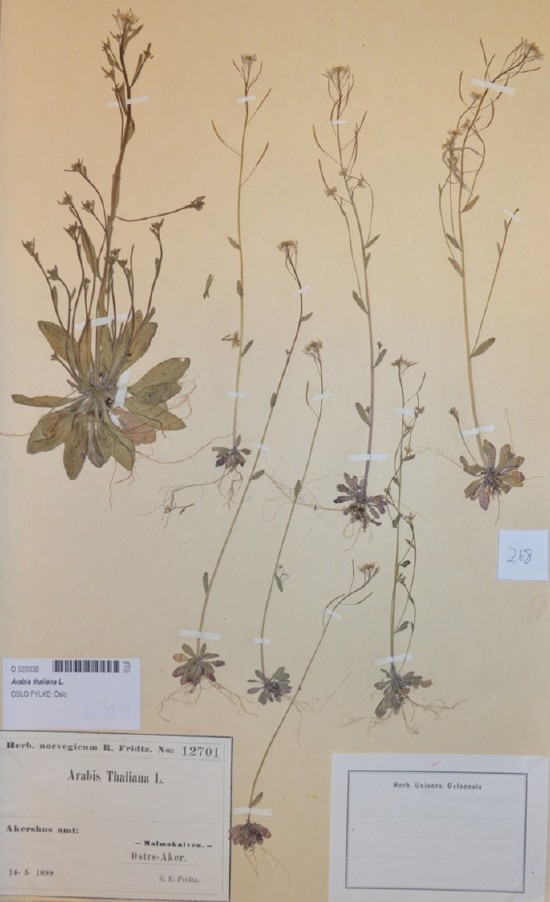
Victoria DeLeo
Postodoctoral Research Associate
Pennsylvania State University
Biography
Victoria DeLeo is a Plant Biologist looking for a new opportunity. Her most recent role was as an R&D scientist at a Controlled Environmental Agriculture start-up. She did her postdoc in the Buerkle lab at the University of Wyoming through the Modelscape project, competing sparse models on simulated data and applying modeling methods to understanding genetic and phenotypic diversity in plants. She received her PhD from Penn State University, where she studied patterns of adaptation and geneflow in tropical dry forest trees as well as phenology and phenotypic change in Arabidopsis.
Interests
- Local Adaptation
- Phenology
- Dry Forest Trees
- Domestication
Education
-
PhD in Plant Biology, 2020
Pennsylvania State University
-
BS in Genetics, BSAB in Applied Biotechnology, 2014
University of Georgia
